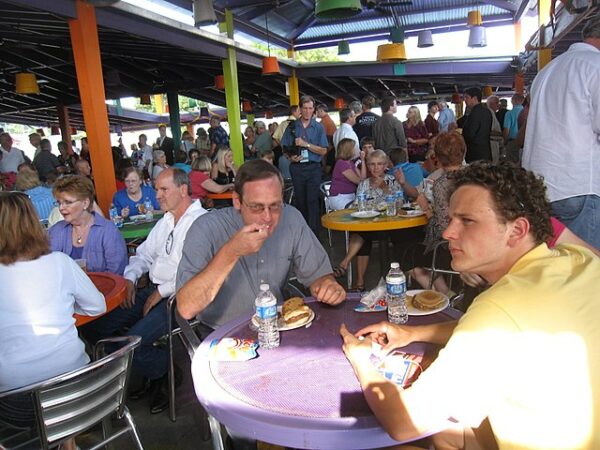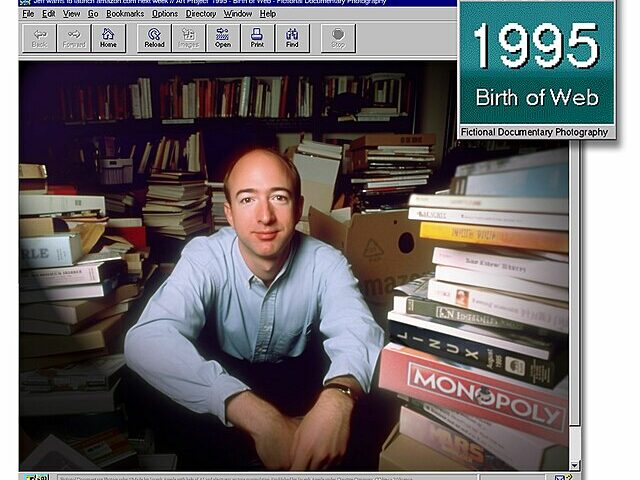The Great Meteor Shower of 1833 was a spectacular celestial event that left a lasting impression on those who witnessed it. On the nights of November 12 and 13, 1833, the skies lit up across the United States. one of the most intense meteor showers in recorded history.
Historical accounts from various regions, especially in North America, describe the meteor shower as an awe-inspiring and almost apocalyptic event. The Library of Congress writes, “The Leonid meteor storm was seen across the United States in the night and early morning of November 12th and 13th, 1833. Those who were awake to witness the storm were in awe as between 50,000 and 150,000 meteors fell each hour.” Observers reported that thousands of meteors lit up the sky each hour, creating a breathtaking display. The intensity of the meteor shower was such that it seemed as if the heavens were ablaze with celestial fireworks.
Researching the phenomenon, American astronomer Denison Olmsted sent out a public appeal for witness testimonies. He asked for “the time when it was first discovered, the position of the radiant point above mentioned, whether progressive or stationary, and any other facts relative to the meteors.” People answered his call and Olmsted eventually published his findings in the American Journal of Science and Arts the next year. Some credit this venture as the first use of crowdsourcing for scientific research.
Other accounts of the 1833 shower include those of various Native American tribes, Abraham Lincoln, Joseph Smith, and Frederick Douglas.
The 1833 meteor shower became associated with the Leonid meteor stream, which intersects Earth’s orbit. The meteors appeared to radiate from the constellation Leo, hence the name “Leonids.” This annual event has since been studied extensively by astronomers, and its historical significance continues to captivate the imagination of skywatchers and scientists alike.
The Great Meteor Shower of 1833 played a crucial role in shaping public interest in astronomy during the 19th century. It sparked a widespread fascination with celestial events and encouraged scientific inquiry into the nature of meteor showers. This historic event also contributed to the understanding of meteoroid streams and their interactions with Earth’s atmosphere.






